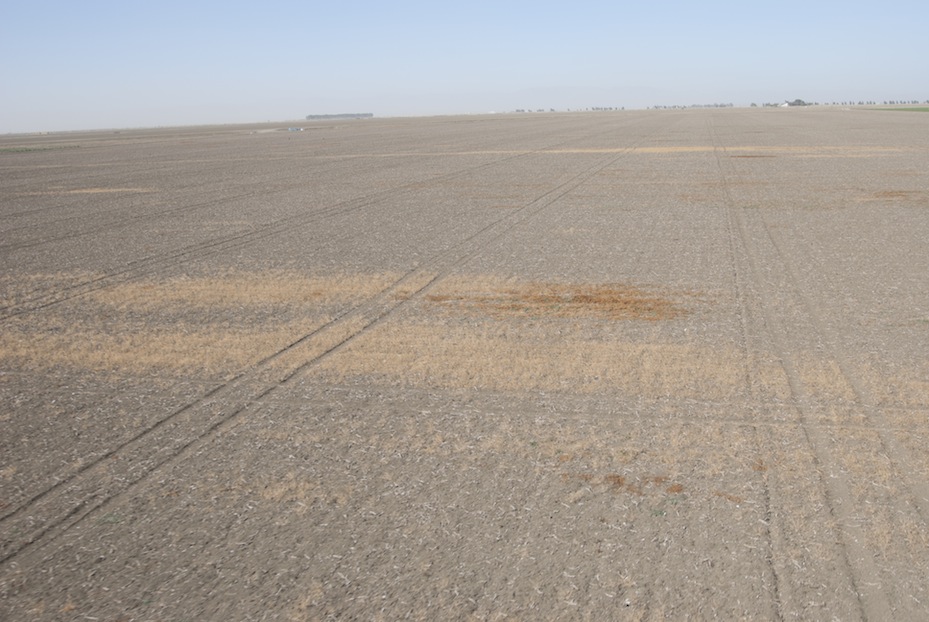So here we are again, California. We’re coming through another dry year and watching the sky, hopeful that Mother Nature will give us a reprieve. We’ve all had a bad year, but everyone needs to buckle up because some of the biggest consumer impacts are just now showing up. Farmers, many of whom received none […]
6 Things You Should Know About the Recent Presidential Order Streamlining Water Delivery
6 Things You Should Know About the Recent Presidential Order Streamlining Water Delivery On Friday, October 19, President Trump signed an order streamlining the federal process that governs much of California’s water-delivery system. While this is definitely great news for California farmers, it’s also good news for all California water users. Let’s look at a […]
Water: Time for a Fresh Look at What Works, What Doesn’t and What to Do About It
Water: Time for a Fresh Look at What Works, What Doesn’t and What to Do About It For decades, California has been stuck in a Groundhog-Day-like water debate that pits fish and the environment against humans, farms and other water needs. Presented as a zero-sum game, we are told it is necessary for one set […]
Opposition to California Drought Legislation is Misleading
Opposition to H.R. 5781 is Misleading H.R. 5781, Congressman David Valadao’s drought relief bill requires water exports to stay within the existing salmon and Delta smelt biological opinions. Concerns raised by NRDC’s Doug Obegi are a red herring to thwart progress on providing water to a parched Central Valley. Exports may increase, as Obegi says, […]
On the Abandonment of Federal Drought Legislation
On the Abandonment of Federal Drought Legislation “California’s Central Valley has shouldered more than its share of the pain brought on by reduced water deliveries and the drought. For more than 20 years, misguided environmental policies have drained California of over 20 million acre-feet of water – water that was originally intended to grow food. […]
